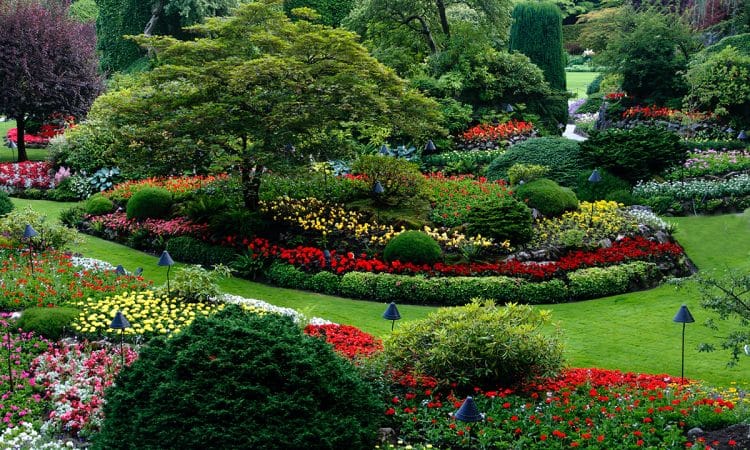Say No to Plastic and Concrete: Affordable Techniques to Enhance Your Lawn and Garden Separation

Many gardeners face the challenge of delineating their lawns from garden beds, often resorting to using plastic or concrete edging. However, there are more affordable and eco-friendly ways to create beautiful and functional borders between different areas of your garden.
Natural Materials for Space Separation
Using natural materials not only saves money but also adds a cozy and natural touch to garden design. Here are some cost-effective materials:
Stones and Gravel
Using stones or gravel to create borders between your lawn and garden beds is an excellent way to introduce texture and contrast. These materials are durable, require minimal maintenance, and can blend seamlessly into natural settings.
Wood Edging
Wood is a versatile option for garden edging. Whether you use reclaimed wood, logs, or cut timber, it provides a warm, rustic feel. Ensure the wood is treated or naturally resistant to rot and pests to prolong its life in the garden.
Native Plants
Consider using native plants as a living border. They can offer a soft, attractive barrier that enhances biodiversity and requires less water and maintenance compared to non-native species. Planting dense, low-growing shrubs or perennial plants can effectively separate spaces while adding beauty to your garden.
DIY Edging Techniques
Creating your own edging doesn’t require professional skills or expensive materials. Here are some DIY techniques to consider:
Dig a Trench Edge
A simple and cost-effective method is to dig a trench edge between your lawn and garden. This method involves creating a narrow, shallow trench that acts as a physical boundary. It’s easy to maintain and can be adjusted as needed without additional costs.
Bottle Edging
Recycle old glass bottles by burying them neck down along the edge of your garden beds. This creates a colorful, creative border that also repurposes waste materials.
Repurposed Bricks
If you can source reclaimed bricks, they make excellent, durable edging with a hint of traditional charm. Lay them flat or on edge in a trench for a sturdy border that withstands the test of time.
Tips for Successful Edging
- Plan Your Layout: Before installing any edging, plan the layout to ensure it complements your garden design and effectively separates different areas.
- Prepare the Area: Clear any debris and level the ground where you plan to install the edging to ensure it sits securely.
- Consider Maintenance: Choose edging materials that match your garden’s maintenance level. Natural options often blend in and require less upkeep over time.
Embrace Sustainable Edging
By opting for natural and recycled materials for garden edging, you not only enhance the aesthetic appeal of your garden but also contribute to sustainability. These affordable techniques allow for creative expression and can significantly improve the functionality and appearance of your outdoor space. Say goodbye to plastic and concrete and welcome these innovative solutions to make your garden borders beautiful and eco-friendly.

